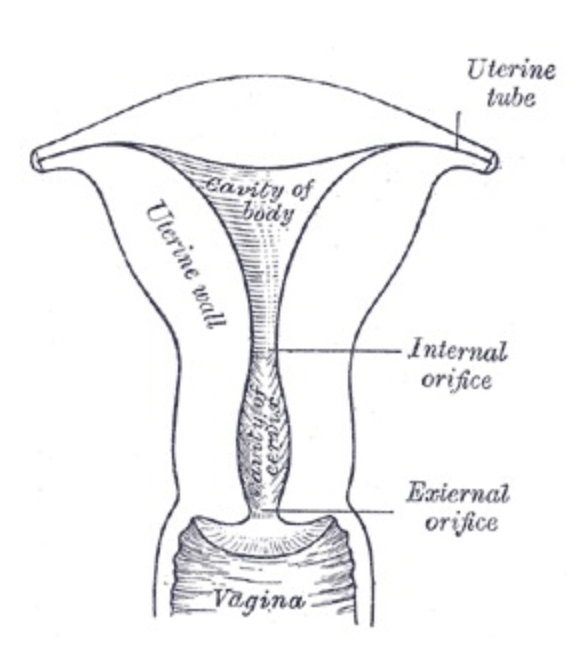Female anatomy and the men who named it
By Sara Twogood, MD
Medical jargon has so much meaning behind the words, but that meaning doesn’t always make sense. I pay attention to this medical jargon in regard to female health and female anatomy, of course.
First, Latin and Greek words.
Studying Latin or Greek in high school would have helped so much in my first few years of medical training. There are many Latin and Greek roots that could explain so much and make the never-ending memorization make more sense! My non-medical husband (who DID study Latin in high school) loves to hear my female anatomy medical jargon that sparks his memories. I’ll say something like “bilateral” and he’ll dissect it until he knows it means “both sides”.
Second, eponyms in female anatomy.
The medical literature is full of rare or never-previously-described-conditions that are named after the medical doctors who described them for the first time.
This can make the literature confusing but remains relatively harmless. If you want to name some scar tissue that remains near the liver after a raging case of pelvic inflammatory disease after yourself, I say go on ahead (yes, I’m talking to you, Mr. Arthur Hale Curtis and Thomas Fitz-Hugh Jr).
The literature has moved away from these eponyms and started changing many of these terms and names conditions to make them more descriptive too.
Polycystic Ovarian Syndrome (PCOS) used to be called Stein-Leventhal syndrome. But PCOS is more descriptive and specific. I have diagnosed many patients with PCOS but have never told them they have Stein-Leventhal syndrome.
And then there are the unique procedures and instruments that individuals actually did invent –I say go ahead and name away. You deserve it. The Pfannenstiel incision type is my favorite (this is the typical “bikini” line incision for a cesarean delivery). And the Babcock clamp is a very specific and useful surgical instrument (it helps elevate the uterine tubes without crushing them).
But it’s not all fun and games because then we come across these 2 examples below that are out of place, demeaning, or just plain wrong. So yes, medical jargon can be problematic – and this is why!
Female Anatomy – “Hyst”
Medically we use the term “hyst” to describe the uterus and derives from the Greek word for womb, “hystera”.
A hysterectomy is removal of the uterus (hyst meaning uterus, -ectomy means removal).
A hysteroscopy is a scope of the uterus (-oscopy means to look inside).
You may also notice that adding an -eria to this phrase is HYSTERIA. Why is that?
“Hyst” meaning uterus and “-eria” referring to “the place of”. Back in the day, it was thought when a woman was crazy pants, her womb was in the place of her brain and that led to her symptoms.
We know now that the uterus does not in fact wander around the body causing symptoms but that word sticks around!
Female Anatomy – Fallopian tubes
I talk about Fallopian tubes every day and when I write my notes, I capitalize Fallopian just like I’m doing now.
Fallopian tubes have many other monikers: uterine tubes, oviducts, salpinges (Greek word for tube is salpinx).
So why Fallopian tubes with a capital “F”?
It’s the name of the MALE anatomist, Gabriele Falloppio, who first described these structures.
Yes, it was 500 years, he does seem like a brilliant scientist, and to be fair, he called it the “tuba uteri” and then other people named them Fallopian tubes after him.
But why people then used his name for that specific piece of female anatomy is beyond me.
There certainly seems to be a movement towards referring to Fallopian tubes as uterine tubes or oviducts instead. The period tracker app Flo uses this term in lieu of Fallopian. I’m a medical consultant for them and it admittedly took me some time to get used to it, but now I’m in full support!
All this to say – no language is perfect and medical jargon is full of these imperfections. Digging deep and finding the root or origin of the term can help explain the terms but also brings to light these problematic.



